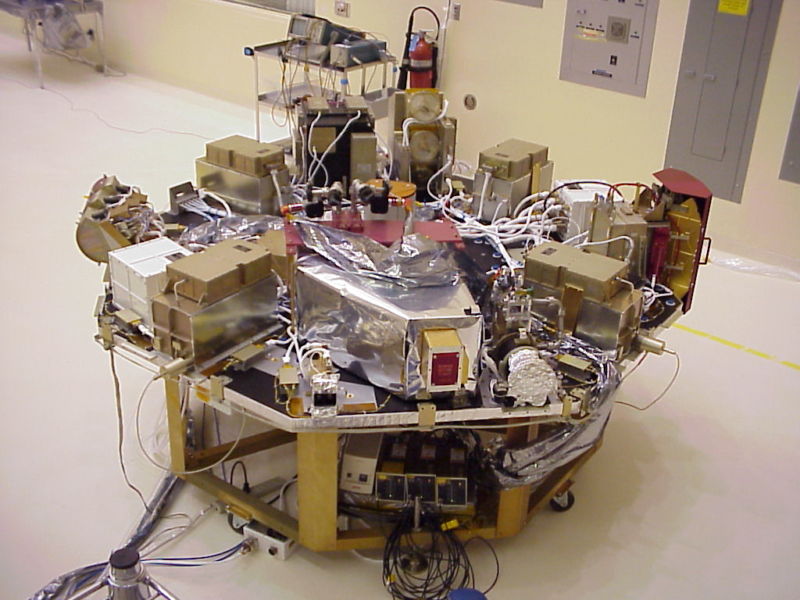
Earlier this week, an amateur radio astronomer named Scott Tilley decided to have a look for the presence of secret military satellites. It's something he apparently does semi-regularly, and in this case his search was inspired by the Zuma satellite, a secret US government payload that was reportedly lost on its way to space. Most accounts have suggested that Zuma failed to make it to orbit, but the secrecy of the mission (we've got no clear idea what Zuma even was) means that everything about its fate is unclear. Tilley could either find a hint that Zuma is up there—or stumble across some other hardware put into space by other countries.
Instead, he found an undead NASA mission.
Given the clear indication of a radio signal, Tilley matched its orbit to a NASA satellite called IMAGE. IMAGE was launched back in 2000 with a mission of studying Earth's magnetosphere. Over five years of operation, it created a three-dimensional map of the charged particles that move along Earth's magnetic field lines. But contact was lost in 2005, and NASA eventually attributed that to a one-time event in the power system that the satellite wasn't designed to recover from.
But the accident review noted that IMAGE's orbit sporadically left it in Earth's shadow, which would reset the power system as the craft's solar panels went dark. The next expected event of the sort was in 2007, but if anyone at NASA tried to contact the probe after that, nobody seems to be aware of that effort now.
Since we already knew IMAGE existed, however, Tilley put his re-discovery aside for a bit. But as he switched to other frequencies, he found that IMAGE was actively transmitting data. At this point, he did some searches and found that IMAGE was considered lost due to the power failure. So he decided to take a more careful look at his signal and confirmed that it contained signs that the satellite was rotating at a rate that was consistent with IMAGE. Since then, several other amateurs have confirmed his findings.
We have no sense of what shape the satellite is currently in or even how much of its hardware is still operational. But one of the mission's original co-investigators, Rice's Patricia Reiff, found Tilley's blog post and commented that, "There are fantastic instruments (active and passive) who could definitely provide useful scientific data." She said she would try to get Tilley the information he would need to extract data from the signals he was monitoring.
Meanwhile, a NASA scientist told AmericaSpace that “We’re still not sure it really is IMAGE, but we are working to identify people knowledgeable about the mission after all this time and working on getting all the appropriate scripts and software in place just in case it is IMAGE." Given the relative costs of launching vs. maintaining contact with a satellite, if IMAGE can still provide useful data, Tilley just may have given NASA scientists a bargain.
Read Again Amateur search for dead spy satellite turns up undead NASA mission : http://ift.tt/2Gj9WPBBagikan Berita Ini















0 Response to "Amateur search for dead spy satellite turns up undead NASA mission"
Post a Comment